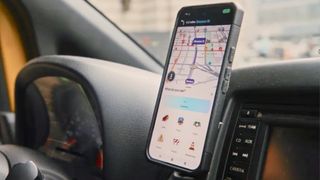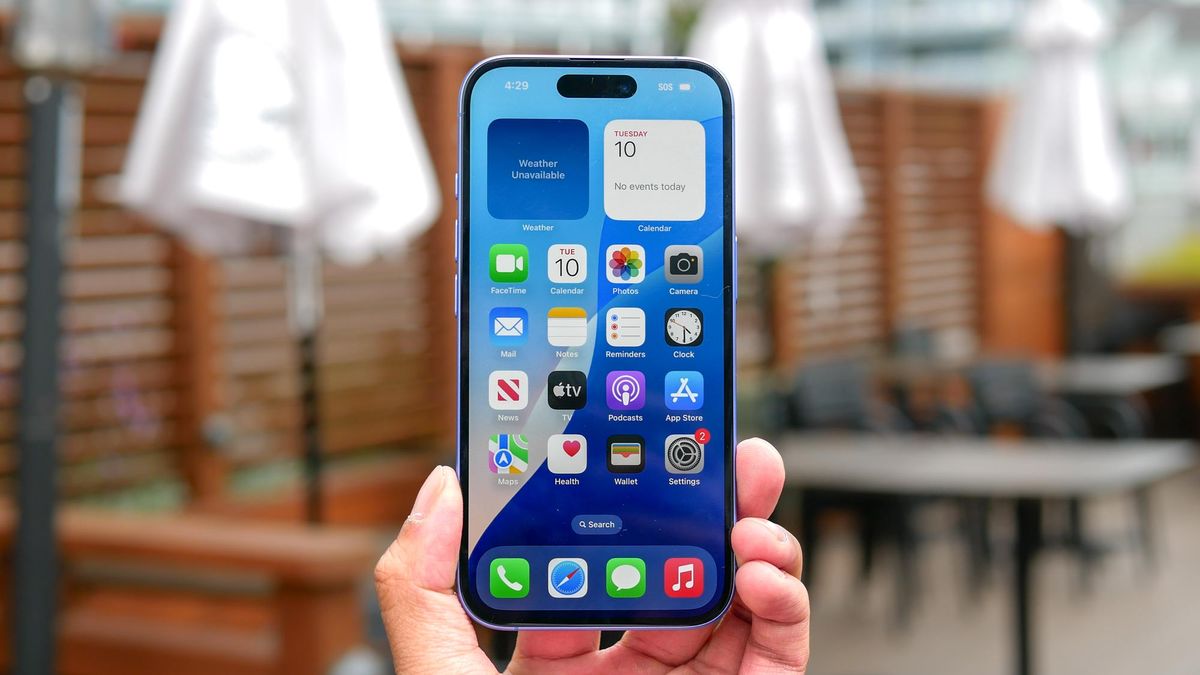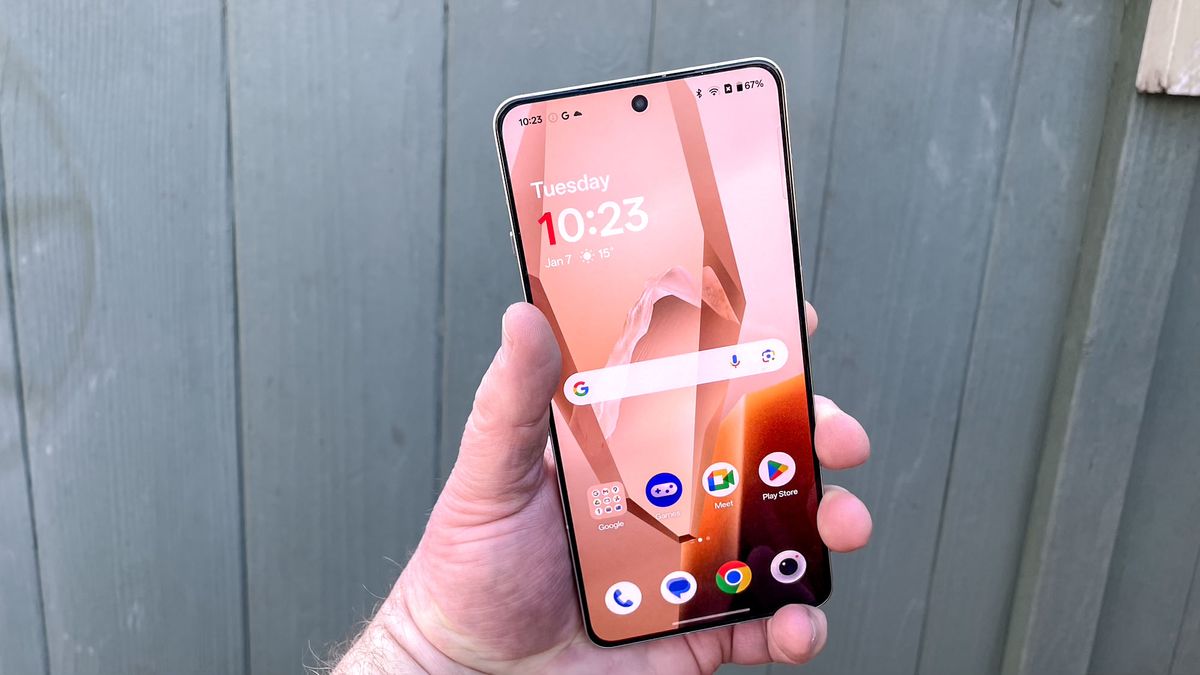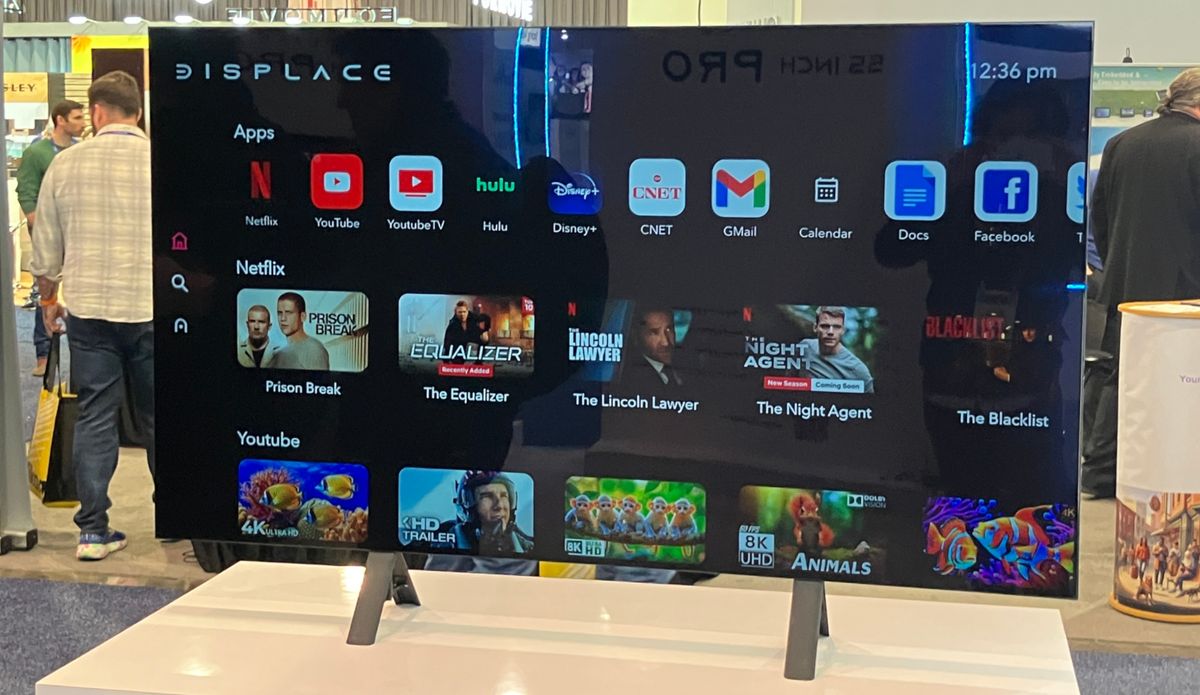Earlier this week we heard reports that Google Maps was starting to warn drivers about incidents reported by Waze users — launching a new level of synergy between the two Google-owned navigation apps. This isn’t surprising, but it is another example of how much the line has blurred between the two navigation apps in the 11 years since Google took over Waze.
There is still a very clear difference between the two services, and the way they navigate, but there are times where it feels as though an eventual merging of Google Maps and Waze is inevitable. At the very least the two services could easily end up so close that there’s little to no functional difference between them.
I’m not a fan of that idea, and I feel it’s time Google took steps to make it abundantly clear that Waze and Google Maps are different products for different people. How? By keeping Google as the everyman navigation app that it’s morphed into, and stripping down Waze to the point where it is pure navigation — with no extra fluff.
Waze vs Google Maps: The differences right now

Right now there is a single, clear defining line that differentiates Google Maps and Waze: The navigation. Google Maps is a service that selects a route when you load up the navigation, with a couple of alternatives for the driver to choose from, and usually sticks with it for the duration of the trip. But if conditions on a chosen route change too much, the driver is given the option of switching to a faster alternative — assuming one exists.
Waze doesn’t subscribe to that same kind of rigidity. Instead it’s more focussed on getting you to your destination as quickly as possible, and will change your route based on real-time road conditions. Or, rather, whatever conditions it can glean from other Waze users. Waze can be quite aggressive about this too, and the running joke is that Waze would happily make you drive through an active warzone if it meant shaving five seconds off your arrival time.
No matter how much data gets shared between Google Maps and Waze, either right now or in the future, there’s no changing that fact. Google Maps is a very traditional GPS navigation system, whereas Waze is more like being navigated by a small child that memorized the street map and proceeded to drink a few double espressos.
One other thing I’ve noticed about Waze is that its non-navigational data isn’t always up to scratch. There’s been a lot of work behind the scenes to give Waze access to Google Maps’ extensive catalogue of data, but it’s still clear that Google does some things better. Business information is a big one and it likely comes back to Waze historically relying on crowdsourcing-based systems.
Relying on people to report incidents on the road and congestion is one thing, but expecting them to keep the opening hours of local businesses up to date is something few people are likely to bother with. It wouldn’t be so bad if every navigation app was like Waze in this area, but Google Maps absolutely thrives on keeping all that information up to date — alongside countless other things.
So rather than stuffing Google Maps features into Waze and making it a pseudo-clone that happens to navigate a little differently, why not scrap all the excess and focus on what Waze users actually like?
How Waze can stand apart and succeed

If you ask anyone you know that uses Waze why they do it, chances are it'll be because of the navigation. Some may pick Waze for the design or the cartoonish style of the driver icons, but a sizable number will like the fact that Waze prioritizes speed above all else. That is Waze’s biggest strength, and that is something Google should focus on with this app going forward.
The best thing Waze can do is go in the opposite direction of Google Maps. Strip down, cut the excess fat and focus on what it does best
No more diluting the Waze and Google Maps brands by making them too similar to each other, because there’s only one way that story ends: with Waze being killed like so many other Google products and services. Even if the Waze and Google Maps teams have now been merged, Google has a vested interest in keeping Waze around — it keeps regulators off its back.
While nothing really happened when Google acquired Waze in 2013, that can easily change if Waze is officially folded into Google Maps. And the last thing the company needs is more antitrust cases being thrown around.
Really Google should consider sticking with Waze as an app that is available for drivers that need to get places, and want to do it as quickly as possible. Throw in some information about necessary amenities like gas stations, EV chargers, rest stops, possibly mechanics too, just to highlight that “driving app” feel. Adding anything other than the absolute basics to keep the app useful is superfluous.
In many ways, Waze is already like this. It has nowhere near as many features as Google Maps, and if you’re not driving a private vehicle of some kind then it’s completely worthless to you. It’s not like you can look up bus or train times, because you can’t Waze when you’re in a machine that follows a pre-set route. Same goes for walking, because unless you’re leaving a Taylor Swift concert you’re not likely to get stuck in a traffic jam of pedestrians.
Waze of the future would be cars or motorbikes, and nothing more. That way drivers can continue to take advantage of Waze’s uniquely aggressive navigational strategy, while the team behind it doesn’t get bogged down with all the fluff and trying to make the app a reskinned version of Google Maps. At the very least it should help keep the size of the app pretty low.
Google Maps just carries on as it’s already doing, adding features and information on its never-ending quest to grow and stay ahead of Apple Maps.
Bottom line
I don’t know what Google has planned for Waze in the future. It’s clear that the app isn’t going anywhere anytime soon, otherwise Google wouldn’t be adding new features and tools that are actually interesting. Like the AI-powered Conversational Reporting. But there’s going to be a point where Waze and Google Maps get a little too similar to each other, and big companies like Google are rarely fans of redundancy.
So rather than just finally merging Waze and Google Maps together, something should be done to help keep Waze separate and distinct. In a world where Google Maps is turning into a huge repository of information, like if an encyclopedia and street map had a baby, the best thing Waze can do is go in the opposite direction. Strip down, cut the excess fat and focus on what it does best.
More from Tom's Guide
- iOS 18.2 lets you type to Siri — these are the 7 commands to try first
- With Samsung Galaxy S25 launch, AI will take center stage
- Pixel 9a leak reveals first images of Google's next device — there's a major design change





















 English (US) ·
English (US) ·